25 Top National Parks to Discover Across the US
The United States is home to some of the most beautiful national parks in the world. These parks offer a chance to experience nature’s wonders, from towering mountains to vast deserts and lush forests. Whether you enjoy hiking, wildlife watching, or simply soaking in stunning views, there is a park that fits every interest and adventure level. Exploring these natural areas is a great way to connect with the outdoors and create lasting memories.
This post may contain affiliate links, which helps keep this content free. Please read our disclosure for more info.
Yellowstone National Park
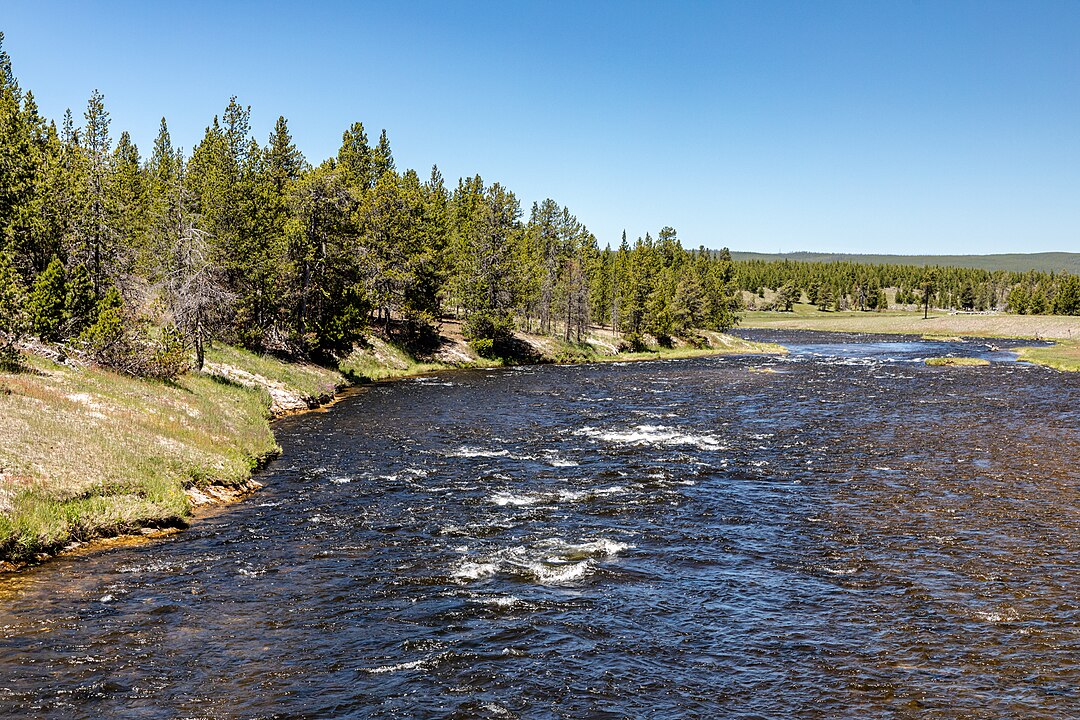
Yellowstone is the first national park in the world, established in 1872. It is renowned for its geothermal features, including geysers, hot springs, and mud pots. Old Faithful is perhaps the most famous geyser here, erupting regularly and drawing crowds eager to watch this natural display.
Beyond the geysers, Yellowstone offers vast wilderness, dense forests, and a diverse array of wildlife, including bison, wolves, and bears. Visitors can enjoy hiking, fishing, and scenic drives while soaking in the park’s unique geothermal landscape and untouched natural beauty.
Grand Canyon National Park
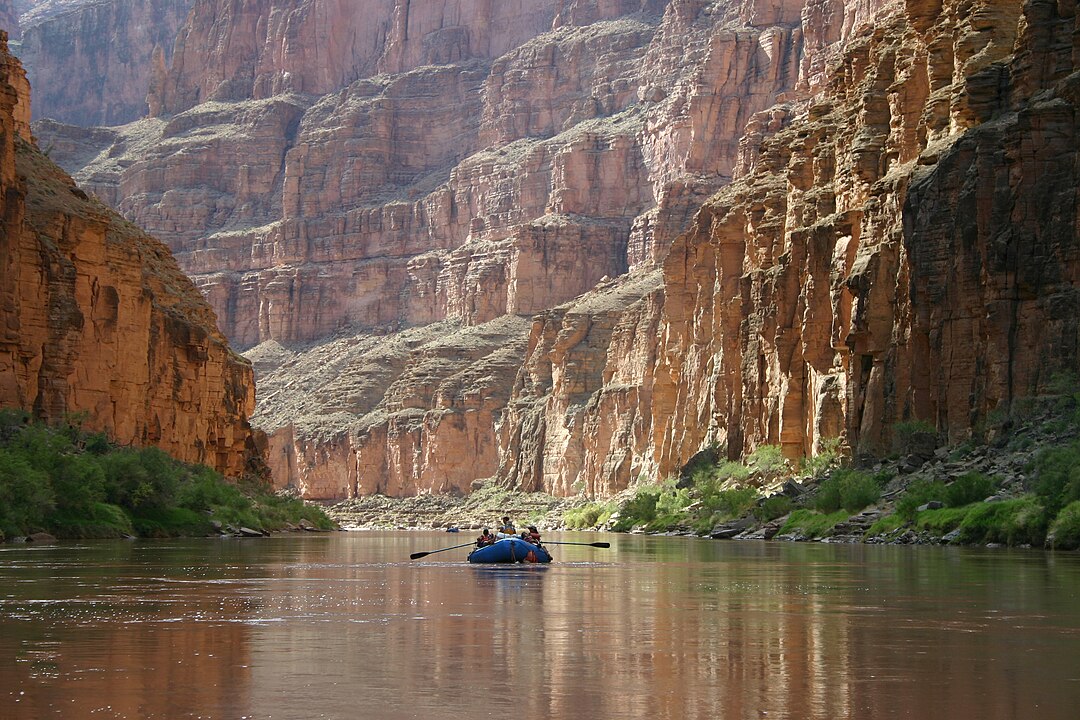
The Grand Canyon is one of the most iconic natural landmarks in the United States. This massive canyon, carved by the Colorado River, stretches 277 miles long and up to 18 miles wide, with depths reaching over a mile. The layers of colorful rock reveal millions of years of geological history.
Visitors come to hike the trails along the rim or venture down into the canyon for more challenging hikes. The views from the South Rim are spectacular, especially at sunrise and sunset when the canyon lights up with brilliant colors.
Yosemite National Park

Yosemite is well known for its towering granite cliffs, giant sequoia trees, and stunning waterfalls. El Capitan and Half Dome are two famous rock formations that attract climbers and photographers alike. Yosemite Falls is one of the tallest waterfalls in North America and is especially impressive in spring.
The park’s diverse landscape offers something for everyone, from easy walks in meadows to strenuous climbs. The valley floor is easy to explore with family-friendly trails and picnic spots, while the high country offers beautiful wildflower fields and alpine lakes.
Zion National Park
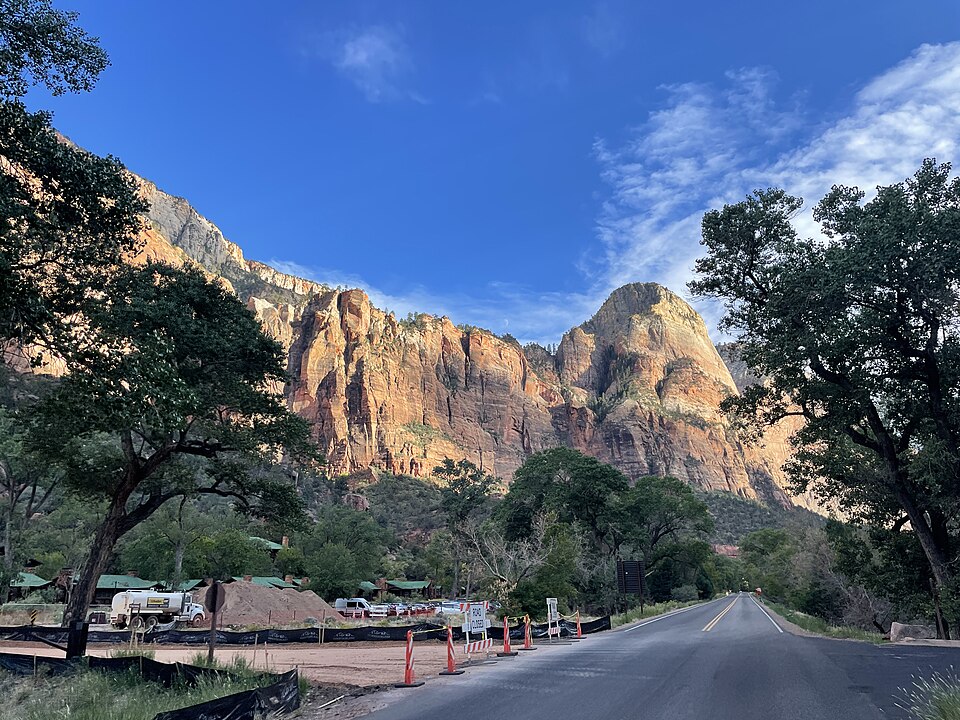
Zion’s striking red sandstone cliffs and narrow slot canyons make it one of the most picturesque parks in the Southwest. The park is a favorite for hikers who want to experience unique landscapes and thrilling trails. Angels Landing is a popular but challenging hike that offers breathtaking views of the canyon.
Zion also has easier hikes like the Riverside Walk and the Emerald Pools, where visitors can enjoy peaceful nature walks with waterfalls and greenery. The Virgin River carves through the canyon, creating natural pools and a refreshing atmosphere in the hot desert environment.
Rocky Mountain National Park

Located in Colorado, Rocky Mountain National Park is famous for its rugged mountain peaks and alpine meadows. Visitors can spot elk, deer, and marmots while driving along the Trail Ridge Road, one of the highest paved roads in the country. The changing seasons make it a beautiful place year-round.
Hiking is a major activity here with trails ranging from gentle lakeside strolls to steep climbs up to summits. The park’s diverse environment includes dense forests, wildflower fields, and clear mountain lakes that reflect the surrounding peaks.
Acadia National Park

Acadia sits on the rugged coast of Maine and offers a mix of forest, mountains, and ocean views. It is one of the few national parks on the East Coast and is known for its accessibility and beautiful coastline. Visitors enjoy scenic drives, hiking, and biking on carriage roads through the park.
The park’s Cadillac Mountain is the highest point on the U.S. Atlantic coast and is famous for early sunrise views. Acadia’s rocky beaches and tide pools offer a chance to explore marine life and enjoy the fresh ocean air.
Glacier National Park
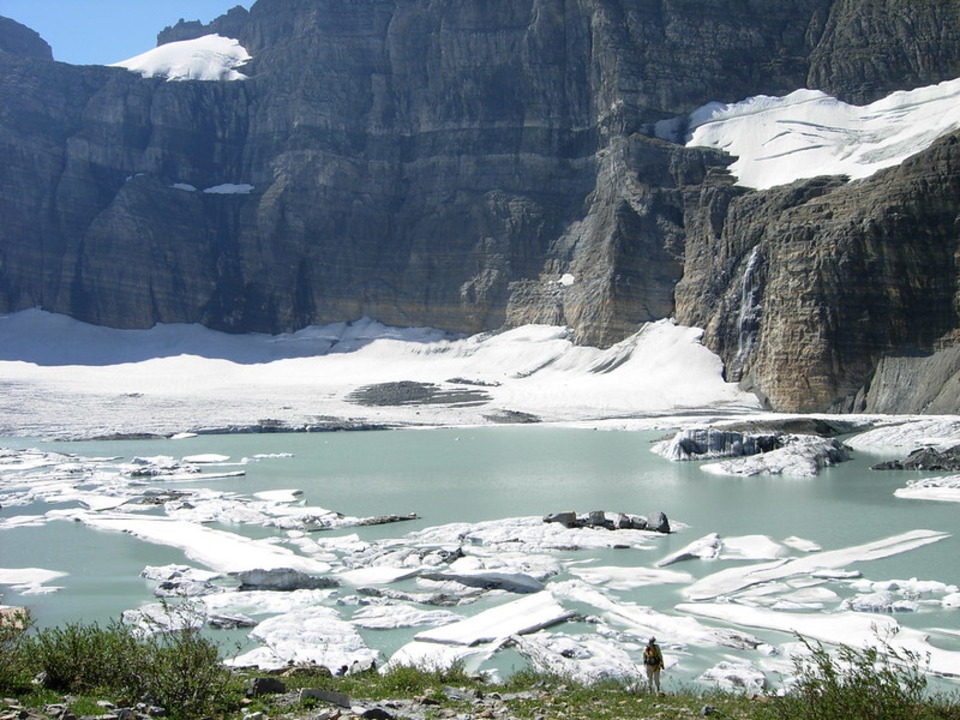
Glacier National Park in Montana features dramatic mountain landscapes, clear blue lakes, and glaciers that have shaped the scenery over thousands of years. The park is part of the larger Waterton-Glacier International Peace Park shared with Canada.
The Going-to-the-Sun Road is a must-see for its breathtaking views along cliffs and valleys. Hiking trails lead to alpine lakes, waterfalls, and glaciers, offering an immersive experience for those who love remote wilderness and wildlife sightings.
Olympic National Park

Olympic National Park in Washington State offers a rare mix of ecosystems, including temperate rainforests, alpine peaks, and rugged coastline. Visitors can explore the moss-covered forests, hike mountain trails, or stroll along wild beaches.
The Hoh Rain Forest is one of the park’s highlights with its ancient trees and green ferns. Hurricane Ridge offers sweeping mountain views, while the Pacific coastline has tide pools and sea stacks perfect for exploration.
Great Smoky Mountains National Park
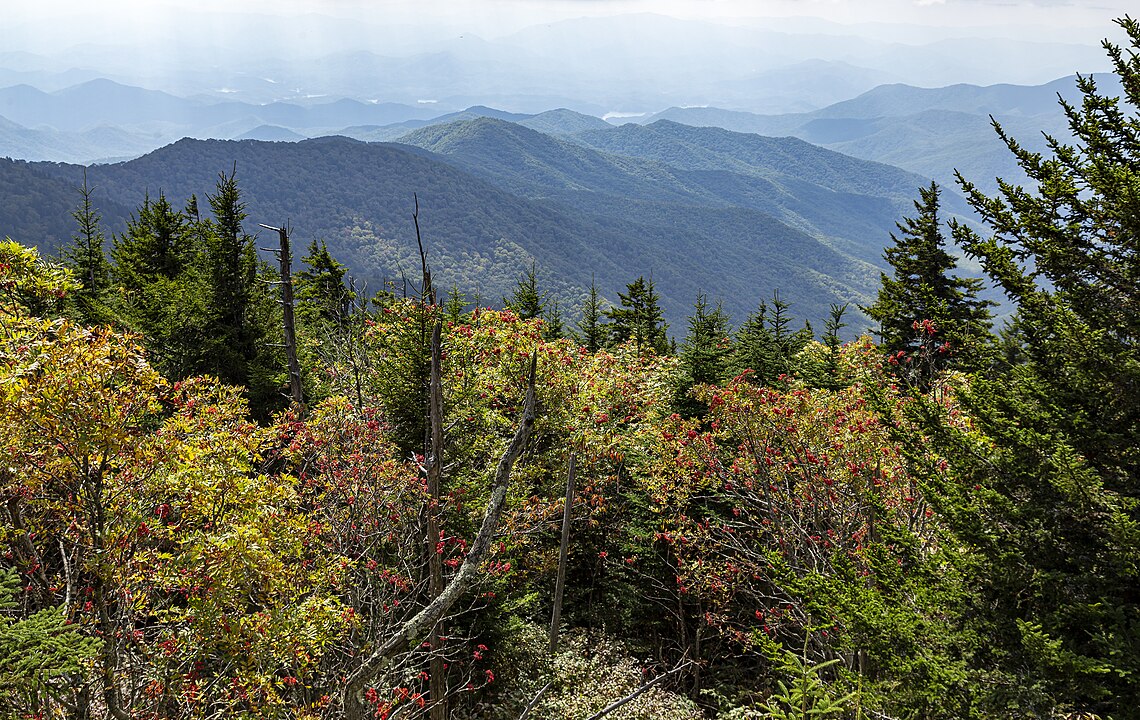
The Great Smoky Mountains straddle the border between Tennessee and North Carolina and are known for their mist-covered mountains and rich biodiversity. It is the most visited national park in the country, loved for its lush forests and historic mountain communities.
The park offers plenty of hiking trails, scenic drives, and waterfalls. Visitors can learn about Appalachian culture and history while enjoying wildlife such as black bears and deer in their natural habitat.
Bryce Canyon National Park

Bryce Canyon is famous for its unique rock formations called hoodoos, which are tall, thin spires created by erosion. The park’s red and orange hues create a stunning landscape unlike anywhere else. Hiking along the rim or down into the amphitheaters provides close-up views of these formations.
The clear skies make Bryce Canyon a great place for stargazing, and many visitors come to see the stars light up the night. Sunrise and sunset bring out the vibrant colors of the canyon, creating memorable photo opportunities.
Joshua Tree National Park

Joshua Tree combines two deserts — the Mojave and the Colorado — creating a diverse and fascinating landscape. The park is named after the Joshua trees, which are unique to this area and give the park a surreal look. Rock climbing is popular here, with many boulders and formations to explore.
Visitors can enjoy hiking, camping, and nighttime star viewing in this quiet desert park. The mix of desert plants, wildlife, and rock formations makes Joshua Tree a favorite for outdoor enthusiasts and artists alike.
Arches National Park
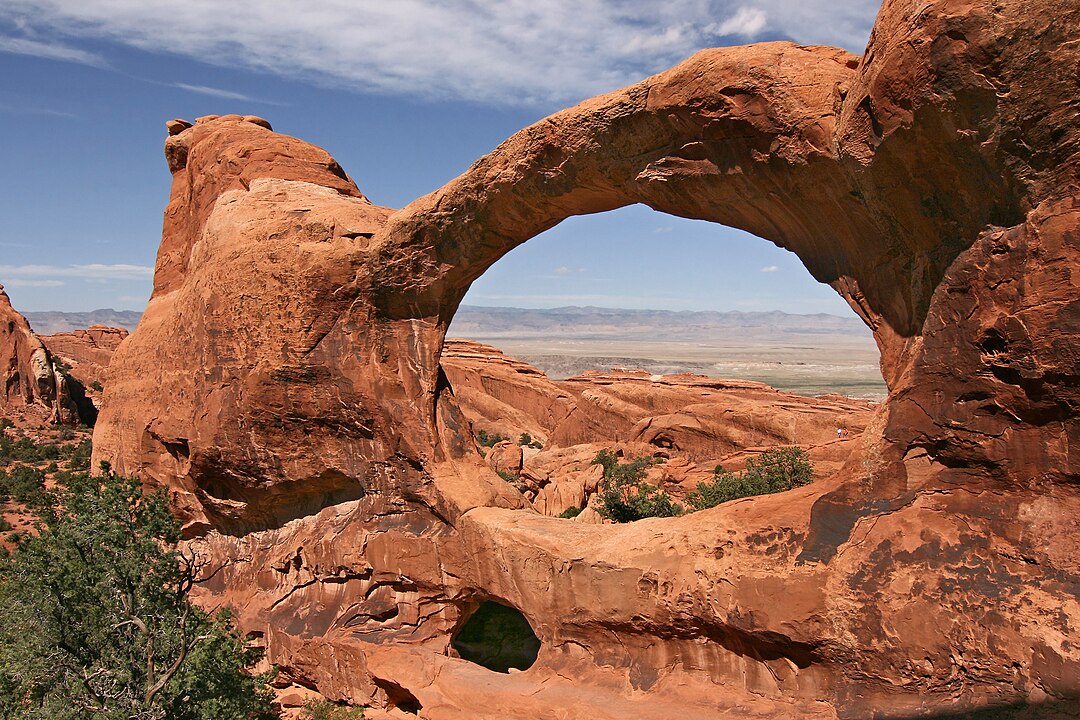
Arches is home to over 2,000 natural sandstone arches and unique rock formations. The park’s red rocks stand out against a clear blue sky, creating a striking visual contrast. Delicate Arch is the most famous and can be reached by a moderately challenging hike.
Besides hiking to arches, visitors can drive through scenic routes and explore other formations like balanced rocks and fins. The park’s desert environment offers great opportunities for photography and wildlife spotting.
Everglades National Park

Everglades in Florida is a vast wetland ecosystem known for its slow-moving waters, mangroves, and diverse wildlife. It is one of the largest subtropical wilderness areas in the country and supports animals such as alligators, manatees, and many bird species.
Visitors can explore the park by airboat tours, kayaking, or walking trails. The Everglades are vital for protecting endangered species and offer a unique chance to experience a delicate ecosystem in action.
Denali National Park

Denali in Alaska is home to North America’s tallest peak, Mount Denali, which rises over 20,000 feet. The park features vast wilderness with forests, tundra, and glaciers. Wildlife is abundant with bears, caribou, moose, and wolves roaming freely.
Visitors can take bus tours into the park or hike the many trails that wind through its remote landscape. Denali offers a rugged and wild experience that few parks can match in scale and beauty.
Sequoia National Park

Sequoia is famous for its giant sequoia trees, some of the largest living things on Earth. The General Sherman Tree is a must-see, standing as the biggest tree by volume. The park’s mountainous terrain includes caves, rivers, and high peaks.
Hiking trails range from easy walks to challenging climbs. The park offers a chance to walk among ancient giants and enjoy quiet wilderness far from crowded cities.
Death Valley National Park

Death Valley is one of the hottest and driest places on Earth but is also full of surprising beauty. The park features sand dunes, salt flats, colorful badlands, and deep canyons. Badwater Basin is the lowest point in North America and offers a vast salt flat landscape.
Visitors come to experience the extremes of nature, from blazing days to chilly nights. The park is also rich in history with old mining towns and Native American sites.
Haleakalā National Park
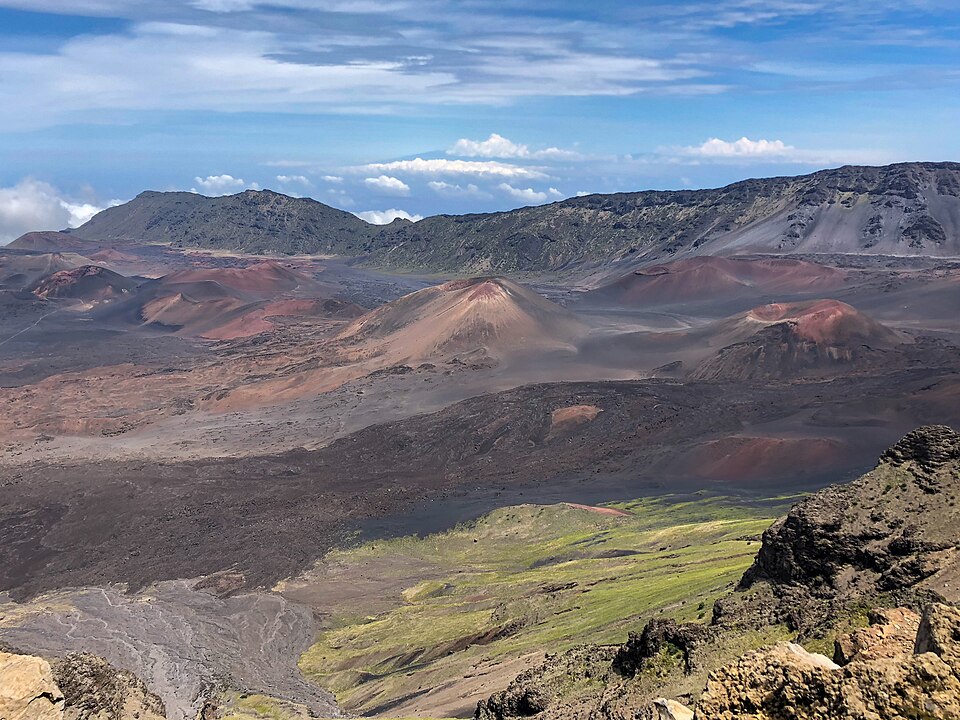
Located on the island of Maui in Hawaii, Haleakalā is known for its massive volcanic crater and stunning sunrises. The park’s unique landscape features volcanic terrain, rare plants, and native birds. Visitors often hike the crater floor or watch the sunrise from the summit.
The park offers a cool climate and a chance to explore a volcanic environment that is unlike mainland national parks. The views and the quiet make it a favorite for many visitors.
Badlands National Park
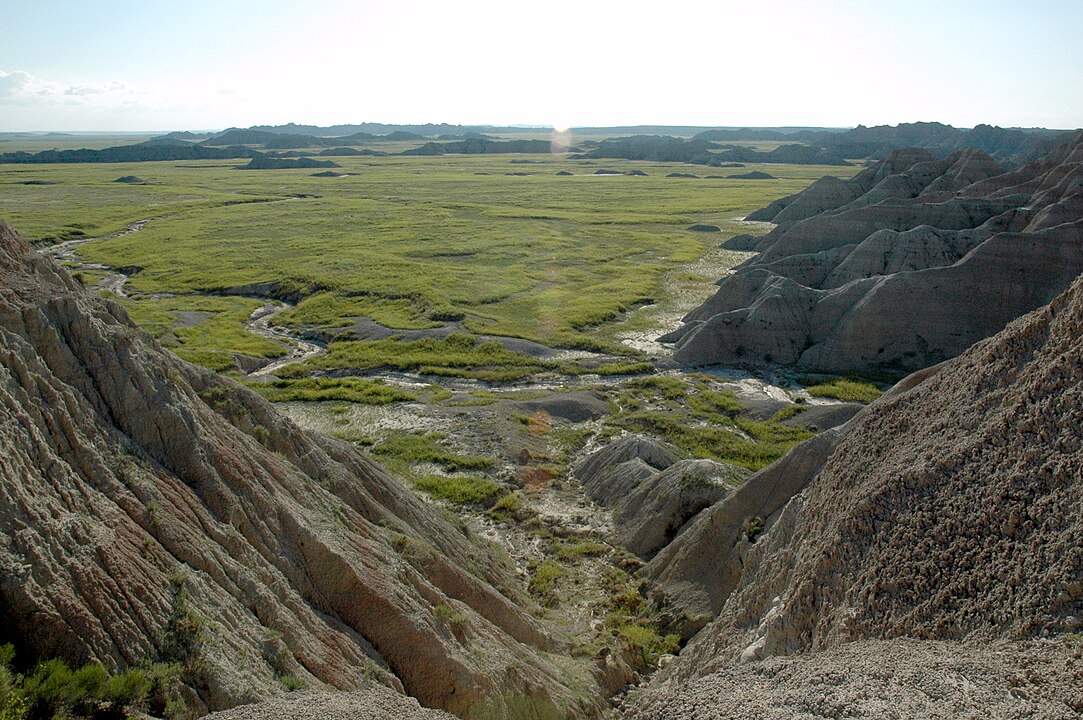
Badlands in South Dakota features sharply eroded buttes, pinnacles, and spires mixed with grasslands. The park’s dramatic landscape was formed by millions of years of erosion and fossil deposits. It is a prime spot for paleontology with many ancient fossils found in the area.
Hiking and scenic drives provide excellent ways to explore the park. Wildlife such as bison and prairie dogs add to the experience of this unique environment.
Shenandoah National Park

Shenandoah in Virginia offers rolling hills, forested mountains, and panoramic views along the Skyline Drive. The park is known for its peaceful hiking trails and seasonal wildflower displays. Waterfalls and streams are scattered throughout the park, making it a refreshing escape.
Visitors can enjoy easy walks or longer hikes while spotting deer and birds. The park is especially popular in fall when the leaves change color.
Capitol Reef National Park
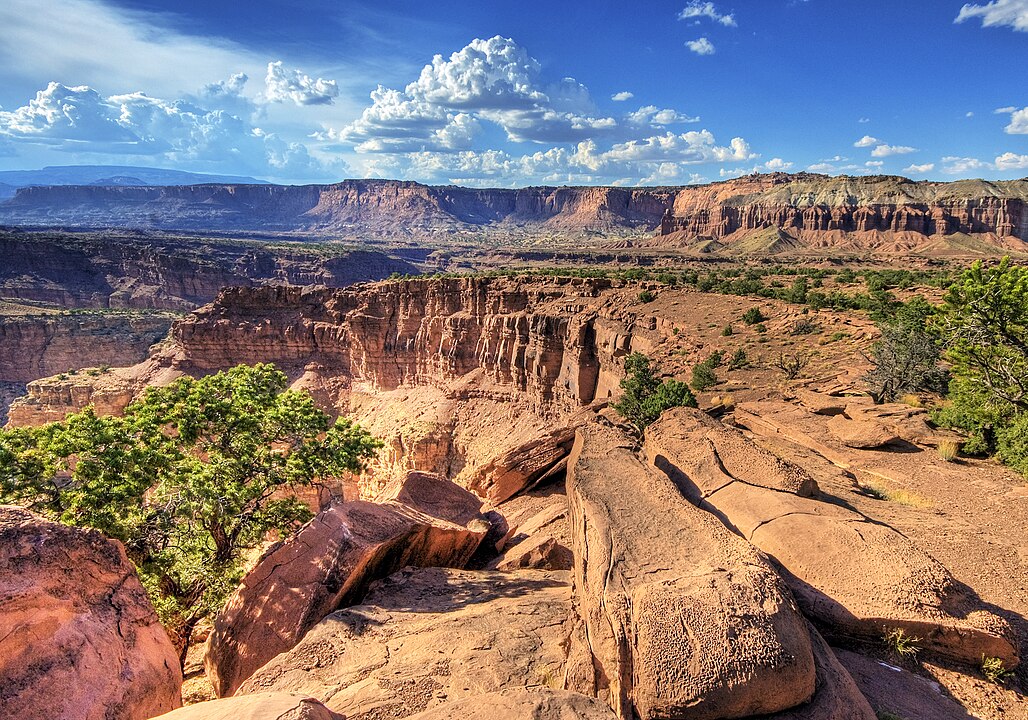
Capitol Reef in Utah is known for its colorful cliffs, domes, and unique rock formations. The park features the Waterpocket Fold, a nearly 100-mile long wrinkle in the Earth’s crust. It offers a quieter alternative to other Utah parks but with just as much beauty.
Visitors can hike scenic trails, explore historic orchards, and drive through canyons. The park’s combination of geology and history makes it a rewarding visit.
Congaree National Park
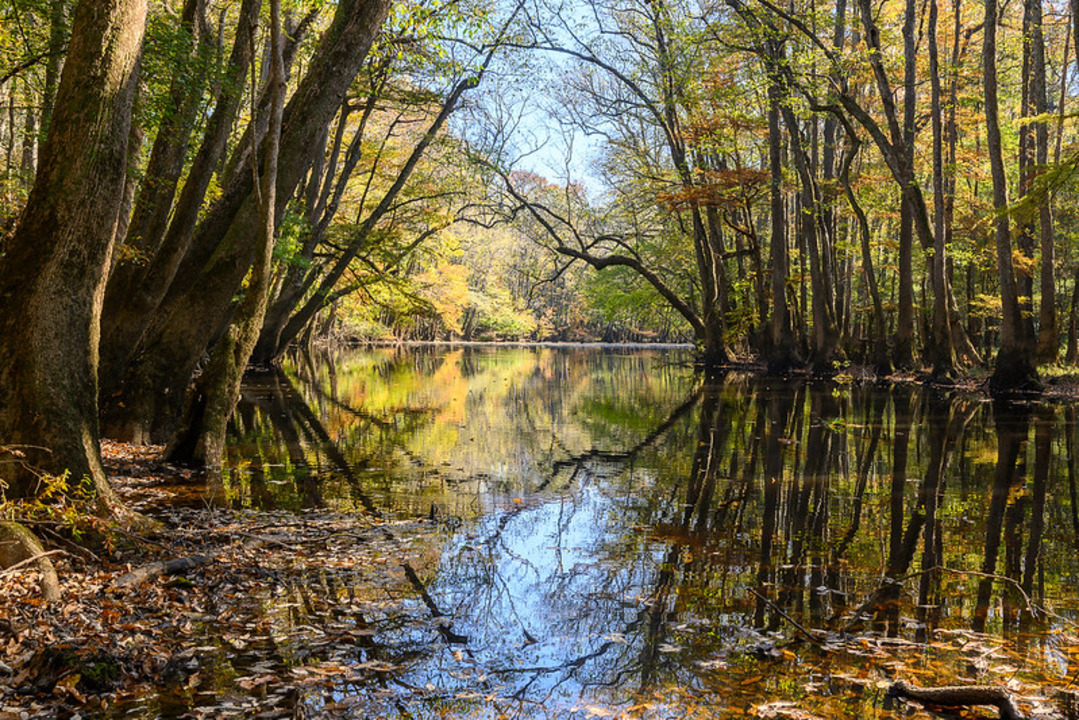
Congaree in South Carolina protects one of the largest intact old-growth bottomland hardwood forests in the U.S. The park’s flooded forest and towering trees provide habitat for many plants and animals. Visitors enjoy hiking boardwalk trails and canoeing on slow-moving waters.
It is a peaceful park where the forest feels ancient and untouched. The biodiversity here makes it a special spot for nature lovers.
Cuyahoga Valley National Park
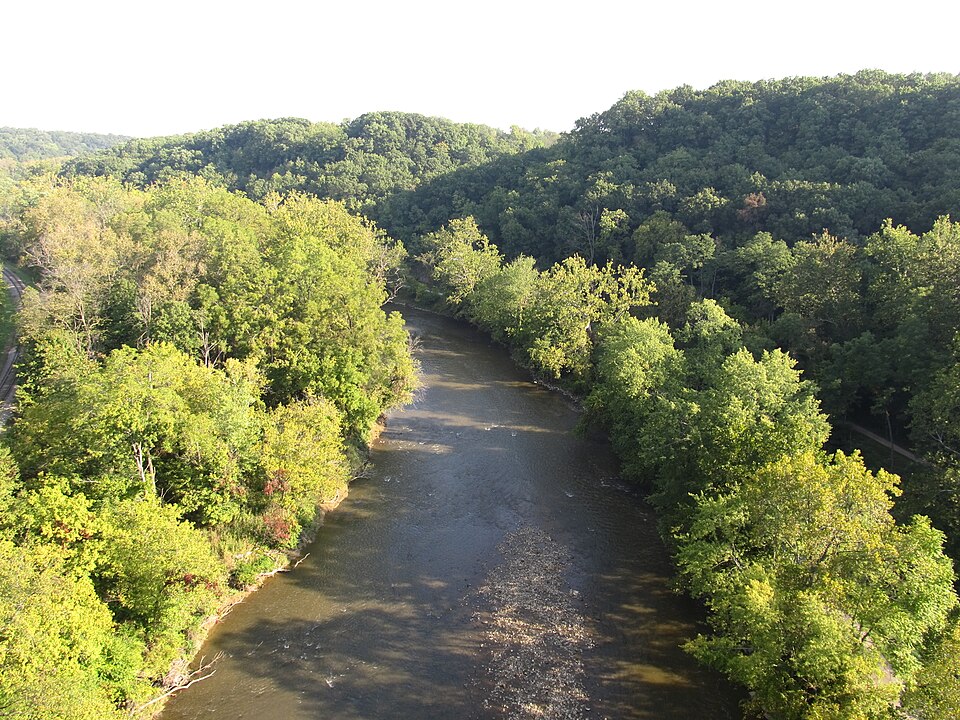
Located between Cleveland and Akron in Ohio, Cuyahoga Valley offers lush forests, rolling hills, and waterfalls. The park is known for the scenic Towpath Trail, which follows the historic Ohio & Erie Canal. Visitors can bike, hike, and ride the historic train through the park.
Waterfalls like Brandywine Falls provide beautiful stops along the way. It is a convenient escape for city dwellers looking to connect with nature.
Isle Royale National Park
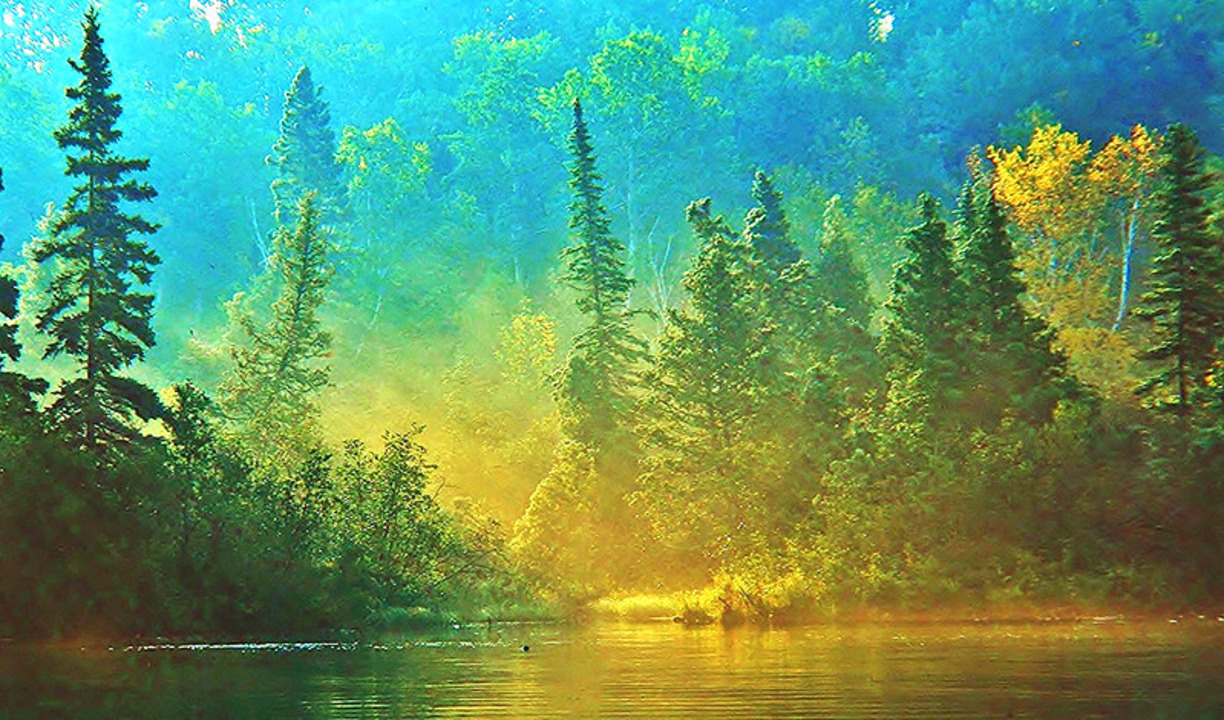
Isle Royale in Michigan is an isolated island park in Lake Superior. It is known for its wilderness and populations of wolves and moose. Visitors arrive by boat or seaplane to hike, kayak, and explore rugged trails without crowds.
The park is prized for solitude and its pristine natural environment. It offers a unique chance to experience wilderness in the Great Lakes region.
Theodore Roosevelt National Park
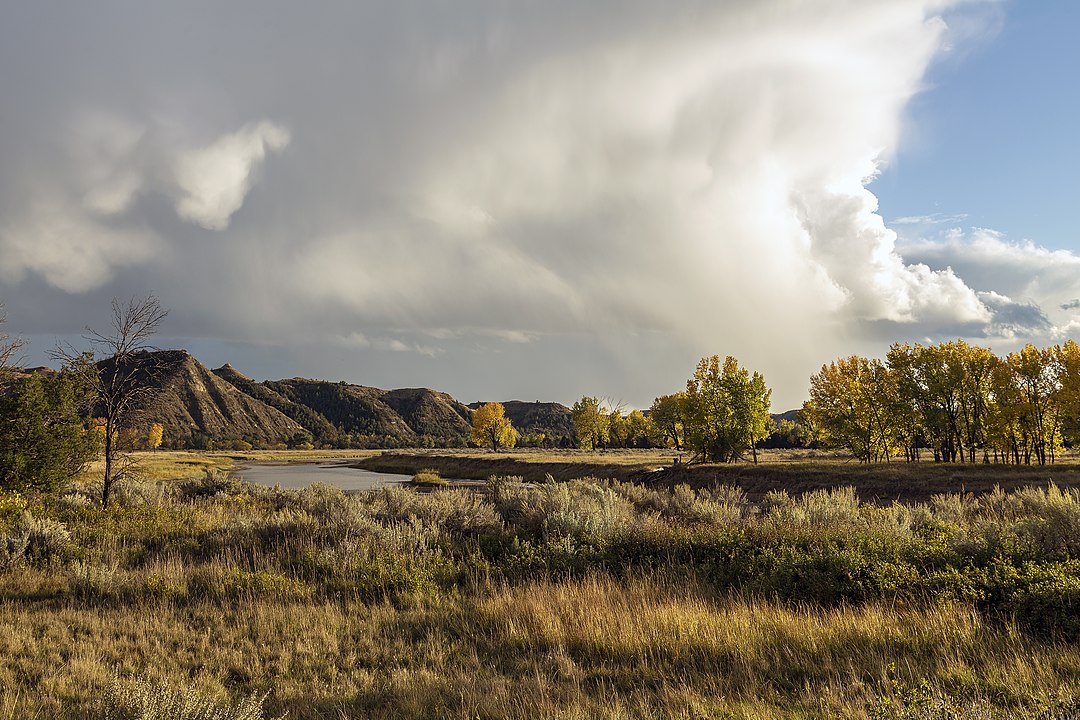
Located in North Dakota, this park honors President Roosevelt’s conservation legacy. The park features badlands, prairie landscapes, and wildlife such as bison and wild horses. It offers quiet hiking trails and scenic drives through open spaces.
Visitors often come to learn about Roosevelt’s impact on conservation while enjoying the park’s wide-open skies and natural beauty.
Great Basin National Park

Nevada is home to ancient bristlecone pines and the stunning Lehman Caves. The park features mountains, desert landscapes, and star-filled night skies. Visitors can hike to high alpine lakes or explore underground caves.
The park’s diverse environments provide a peaceful retreat and plenty of natural wonders to discover.
This article originally appeared on Avocadu.
